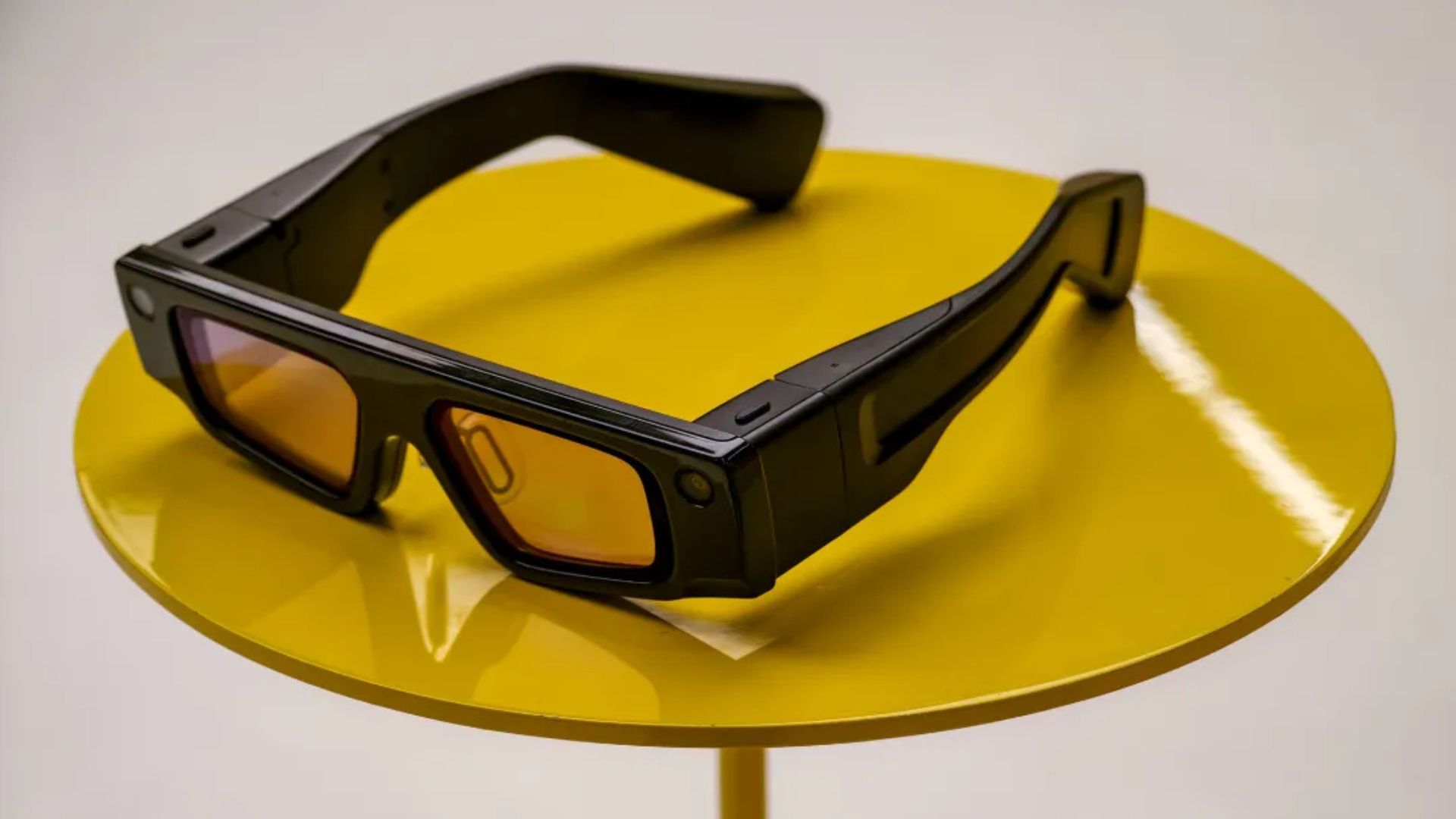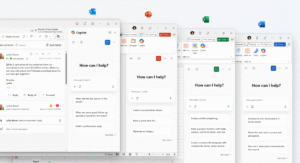
Snap OS 2.0 brings major consumer-facing improvements to the current developer Spectacles platform. A revamped AR browser now loads pages significantly faster, delivers better power efficiency, and supports WebXR for immersive web experiences (Tom’s Guide). Users can explore interactive 3D content and view web-based AR demos without a phone, marking a substantial leap toward standalone functionality.
The update also debuts new AR lenses inspired by social media trends. Spotlight offers a TikTok-style video feed directly in the wearer’s field of view, while Gallery presents captured Snaps in a curved carousel for intuitive browsing. AI-powered translation supports over 40 languages in real time, and Travel Mode keeps AR overlays anchored to real-world objects even when the user is in motion (Road to VR).
Consumer Launch Strategy
Snap plans to ship its first consumer “Specs” in 2026, featuring a lightweight design powered by a Snapdragon AR chipset that succeeds the bulkier developer units. With over $3 billion invested in AR over 11 years, CEO Evan Spiegel calls the release “a once-in-a-generation transformation toward human-centered computing” (The Verge).
The consumer glasses retain see-through lenses and AI assistance while improving battery life, aiming to overcome the current Spectacles’ 45-minute runtime and 226-gram weight. Qi Pan, Snap’s director of vision engineering, emphasizes that the device will enhance social interaction without isolating users, reflecting Snap’s vision for AR as a window to the real world, not an escape.
Intensifying Competition
The AR glasses market is heating up as Meta prepares to unveil its “Hypernova” and “Celeste” smart glasses at Connect on September 17. Google is partnering with Warby Parker and Samsung on Android XR devices, and Apple continues R&D on its own AR headset despite limited Vision Pro uptake.
Snap faces pressure as a smaller player against trillion-dollar rivals, with Q2 ad revenue growth slowing to 4%. Nonetheless, its robust developer ecosystem—boasting over 4 million AR Lenses and integrations with ChatGPT and Google Gemini—plus $700 million in annual Snapchat+ subscription revenue, could provide a decisive edge in driving platform adoption.












